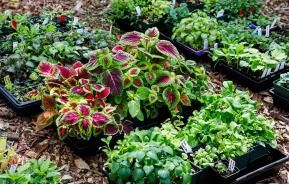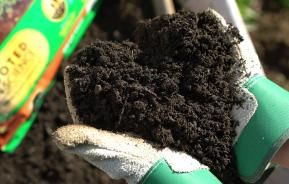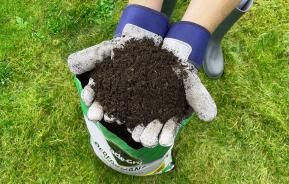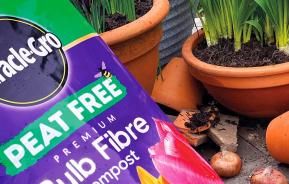So What Is Micropropagation?
Put as simply as possible, micropropagation is where you take tissue from a plant to produce an identical plant (grown in lab conditions), the idea being that you can produce large quantities of these identical plants in a short space of time. There are quite a lot of differences to traditional propagation.
Sometimes controversial, the technique’s been around for a long time but was really developed more commercially back in the 1950s and 60s. It’s now widely used and the tissue taken can be as small as a single plant cell.
It’s particularly beneficial if you are trying to reproduce plants that are difficult to reproduce conventionally and naturally or if you’re trying to ensure virus-free plants or plants with particular qualities.
You can take the tissue from the stem tips, leaves, flowers and petals, roots and even the pollen sometimes and then using different combinations of plant hormones and by placing the plant tissue in sterile conditions, the cells will divide and eventually develop into mini plants or plantlets.
How To Micropropagate. It’s Not Easy
In order to micropropagate your own plants, you are going to need a greenhouse, a sterile working environment akin to laboratory facilities, a heat and light lamp, well established healthy stock plants (free from viruses or fungi) from which to take your tissue, and specialist knowledge of the perfect growing medium for the plant you are trying to reproduce.
You’ll also need to allow time, know how to take the sample tissue, and be adept at transferring the plantlets onwards into compost as they grow and develop. Oh and expect a few failures as well.
Most commonly tissue is grown in glass flask type containers and the hormone growing medium is often a gel, not compost. You have to surface sterilize the tissue samples (using particular bleach, alcohol and sterilised water washes) and make sure you have the perfect mix of heat, light and hormones.
Finally, you’ll need to turn the container regularly to get even exposure and when the plantlets are well developed and strong enough, you transfer them into compost.
The Advantages And Disadvantages Of Micropropagation Vs Traditional Propagation
We’ve already touched on some of the main advantages of this technique namely growing healthy plants which are identical to their parents.
Producing a plant with a particular colour or resistance to disease and pests maybe your aim or just producing hundreds of identical plants in a much shorter space of time than it would take normally.
There’s also lots of evidence that micropropagated plants grow faster and more vigorously, yielding better results and without this method of reproduction, undoubtedly some plants which struggle to reproduce naturally will simply die out.
One the other hand, micropropagation does require a fairly high degree of skill and knowledge and can be expensive too (you’ve simply got to have the right equipment). Not all plants respond well to it and some plants can mutate or change during the process.
Depending on the type of plant and how it develops, the plugs can also take a while to become strong enough and if your tissue gets infected, you’ve got to start all over again.
What Are Your Thoughts?
There is no doubt that this method of propagation is here to stay and for some countries, it’s pivotal as they struggle to overcome geographical, social and agricultural difficulties. It’s made many plants much more readily available and affordable to the average gardener and revived plants on the brink of dying out and extinction.
Success stories that we all enjoy include the double primrose and many, if not all commercial banana and blueberry plantations, where micropropagation has significantly improved yield.
And we’d like to know what you think. Have you ever tried micropropagation and if so why, and how did you get on? Or perhaps you feel strongly that it should be avoided unless totally necessary. Has it taken something from the art of plant reproduction or is it, in your view, an important part of our agriculture as we move forward and face many new challenges?
Share your experiences and your views with us (and your photos too if you have some) on our social channels or leave us a comment below. We look forward to hearing about what you think!








